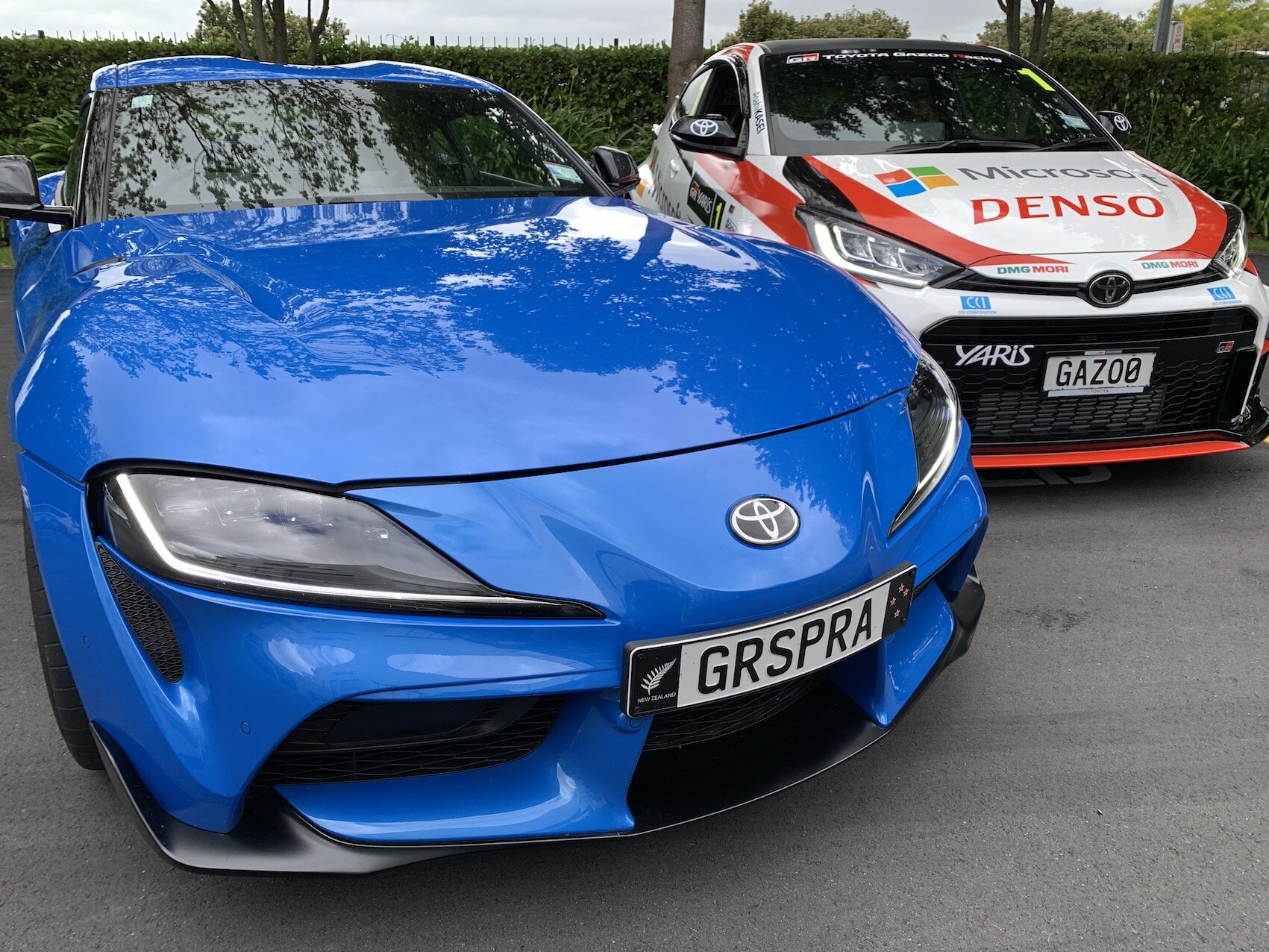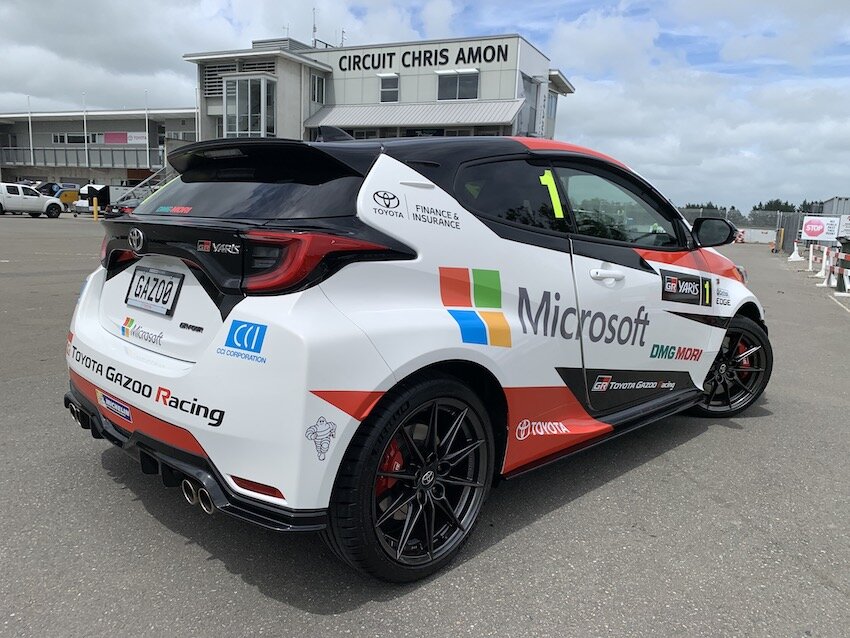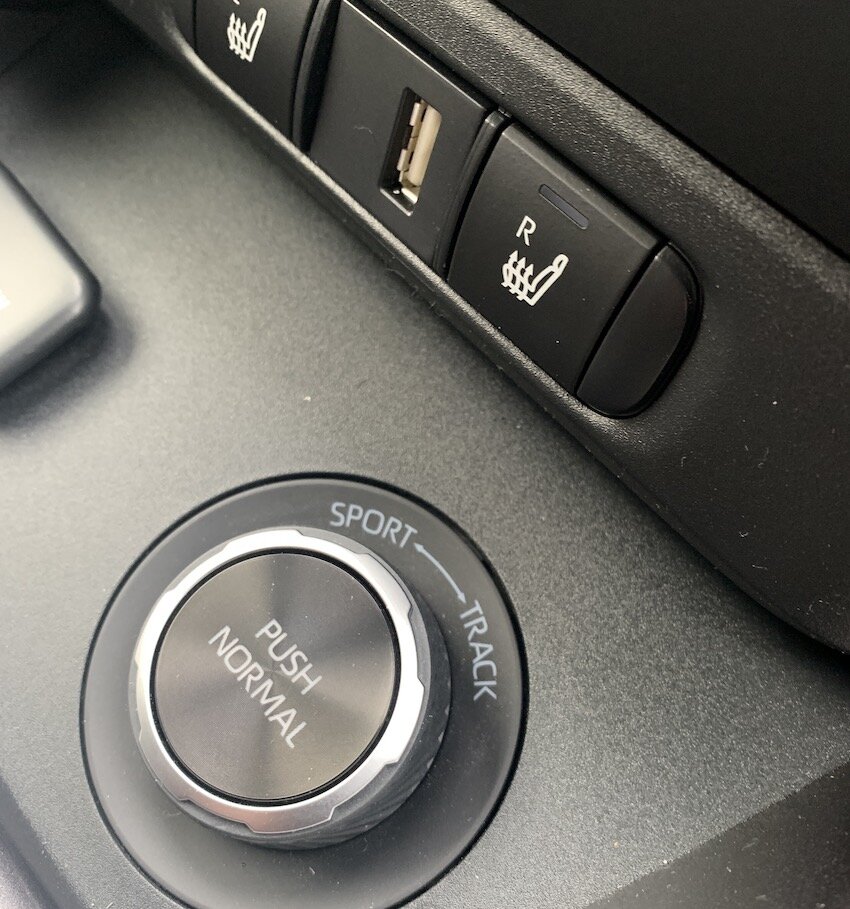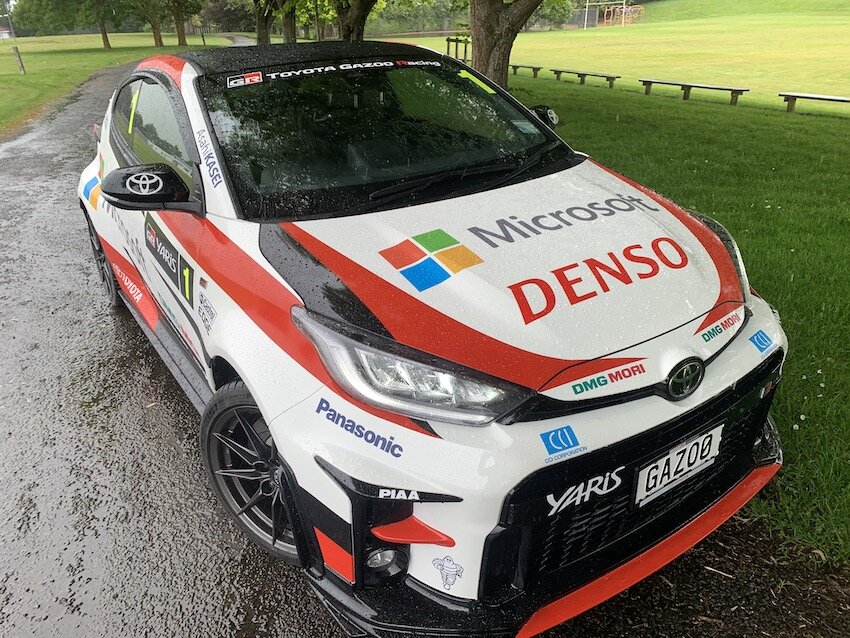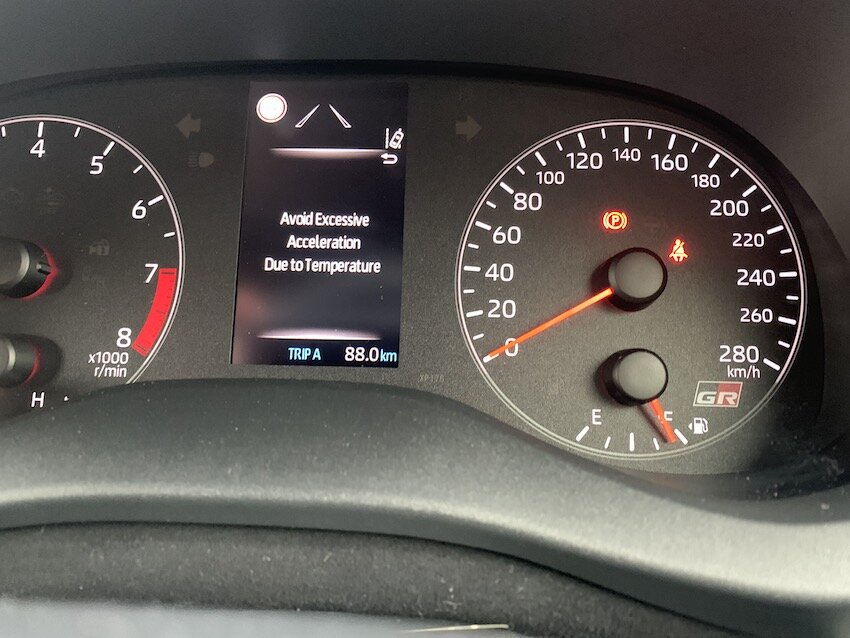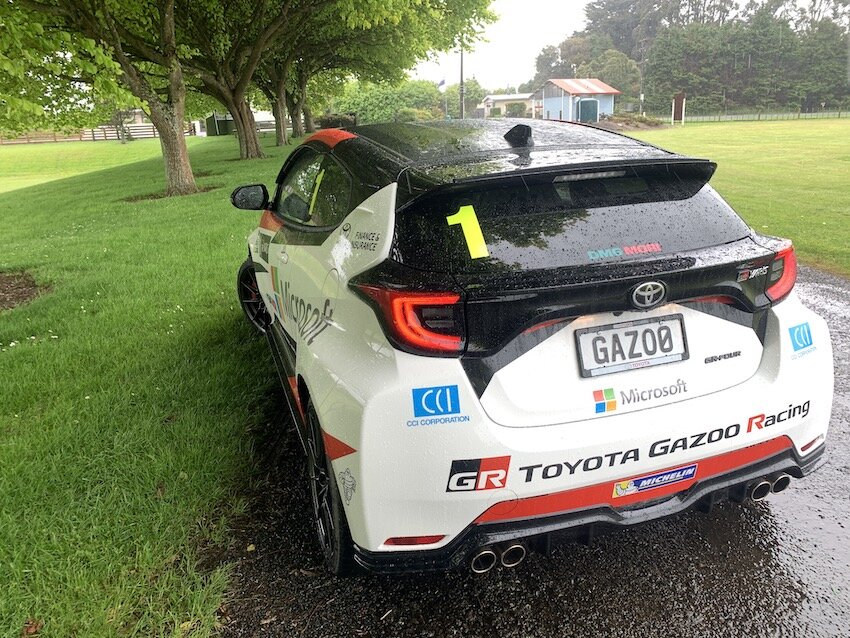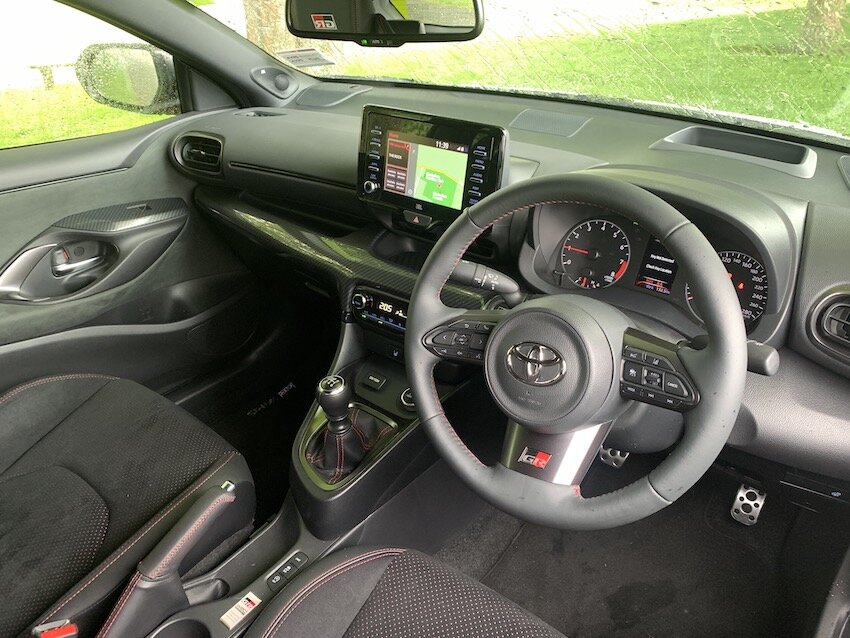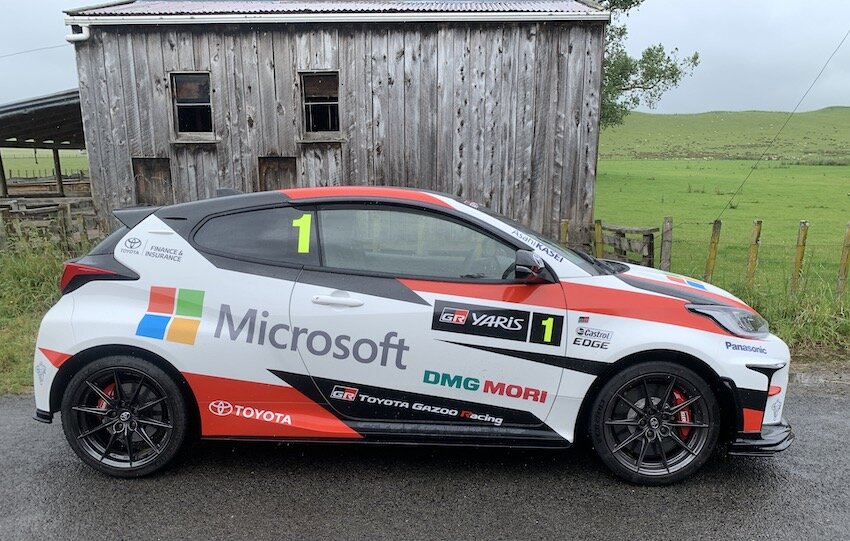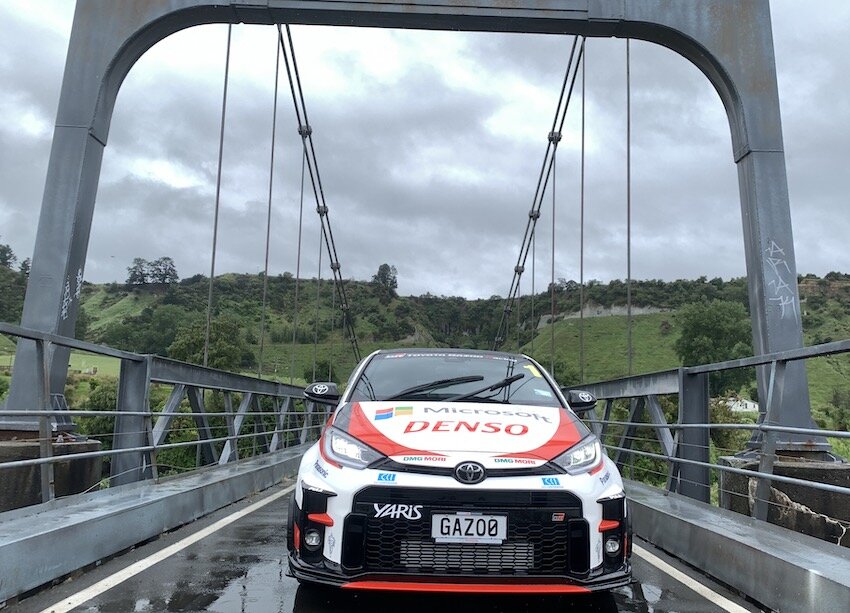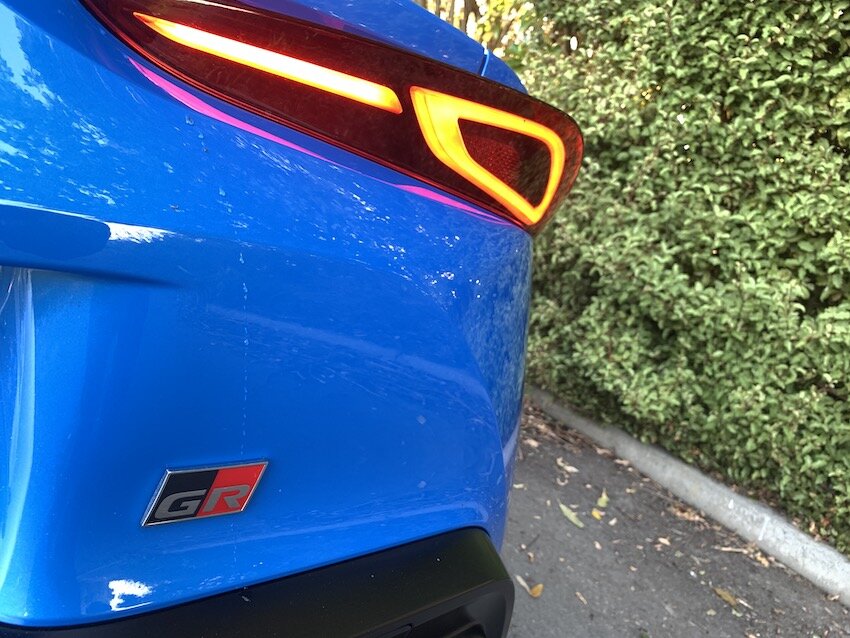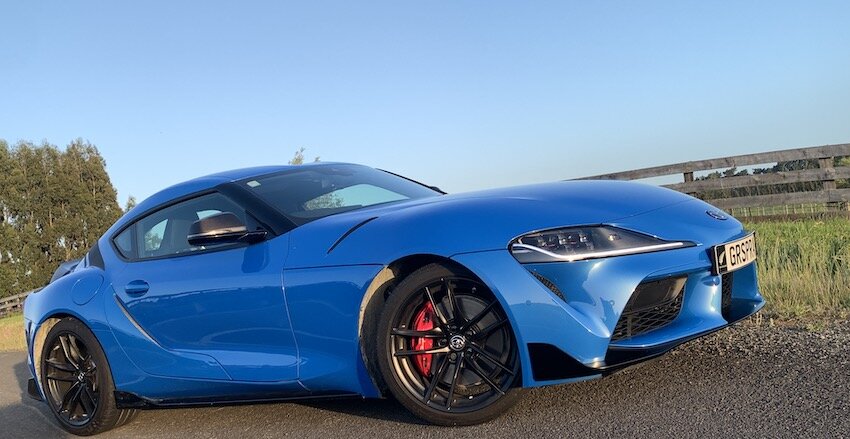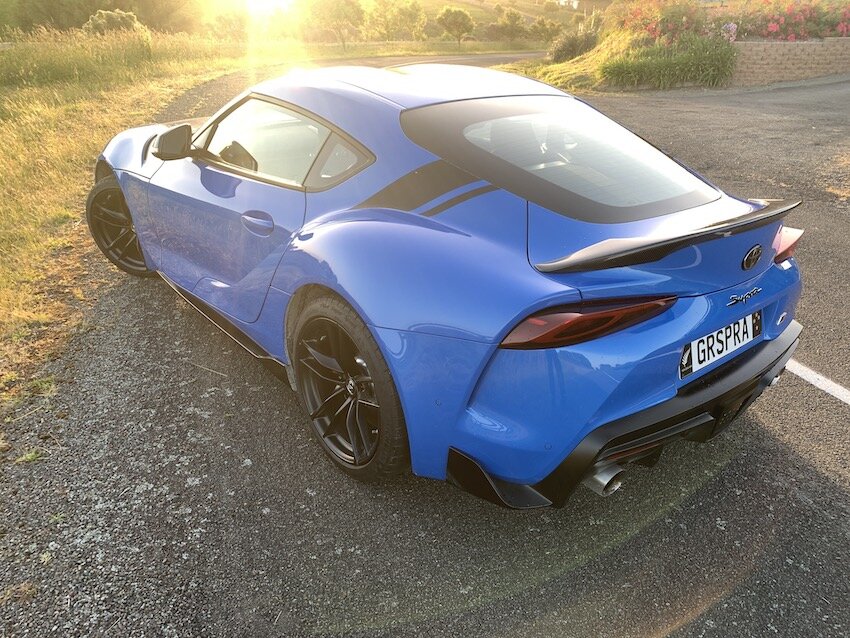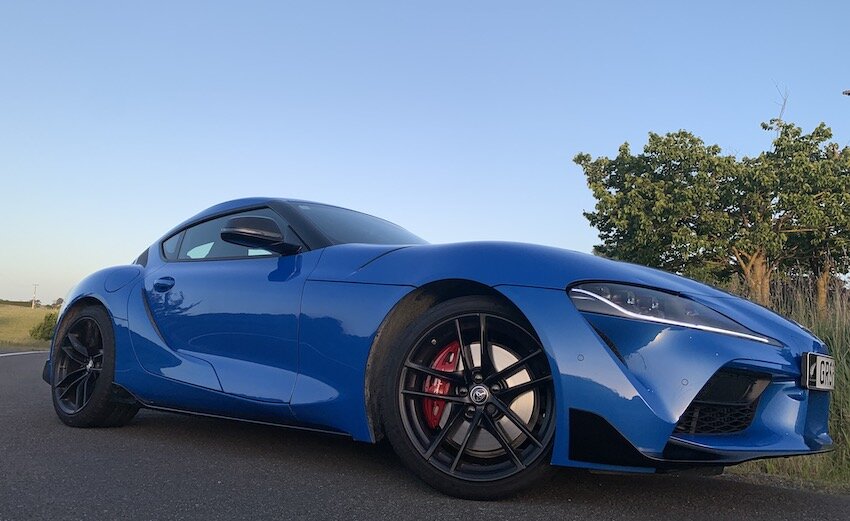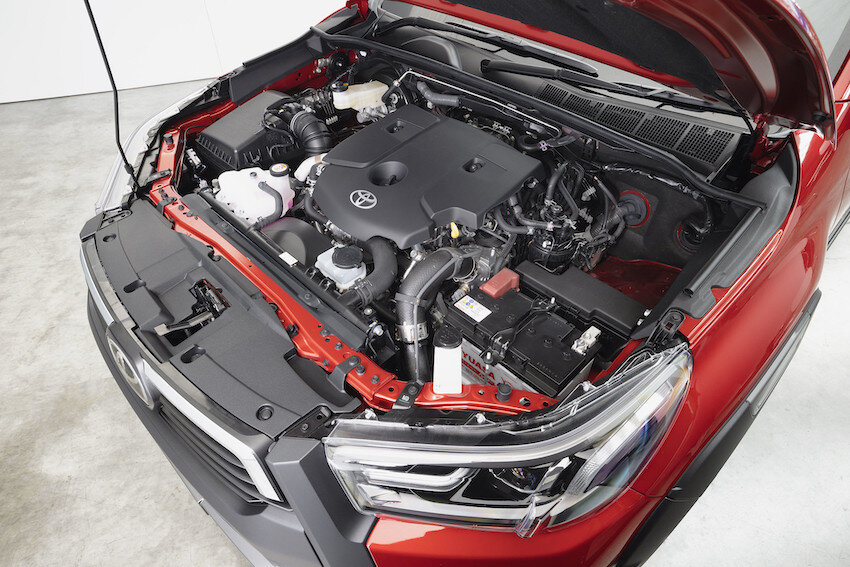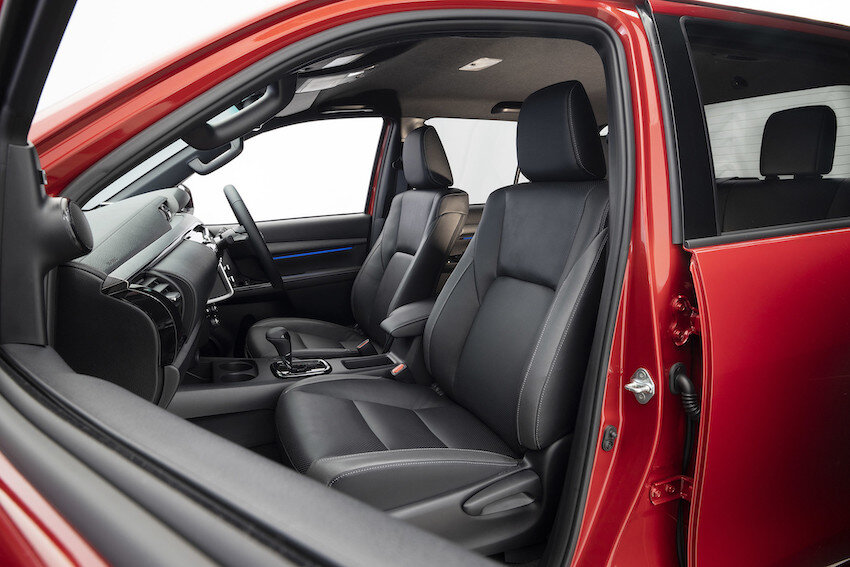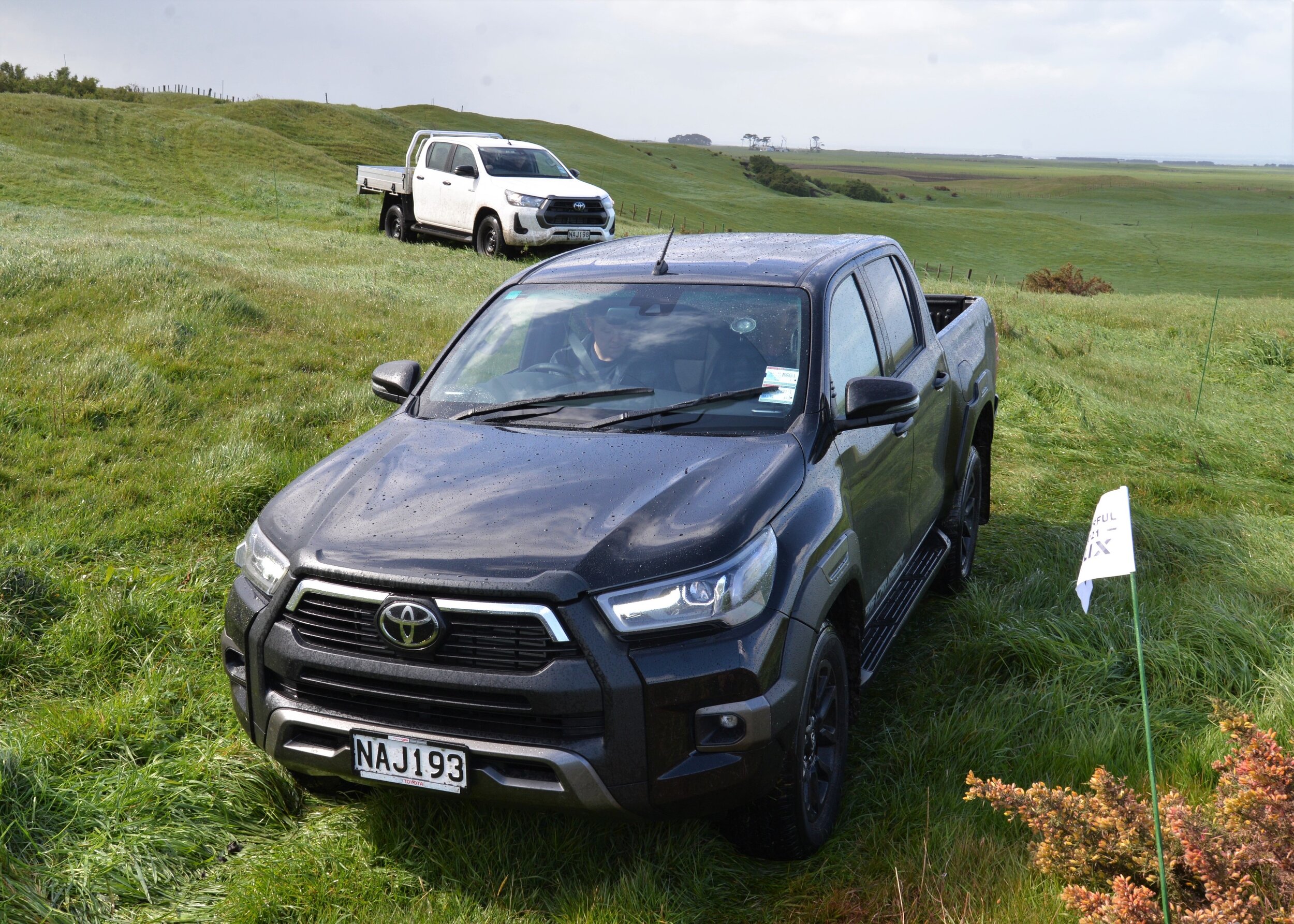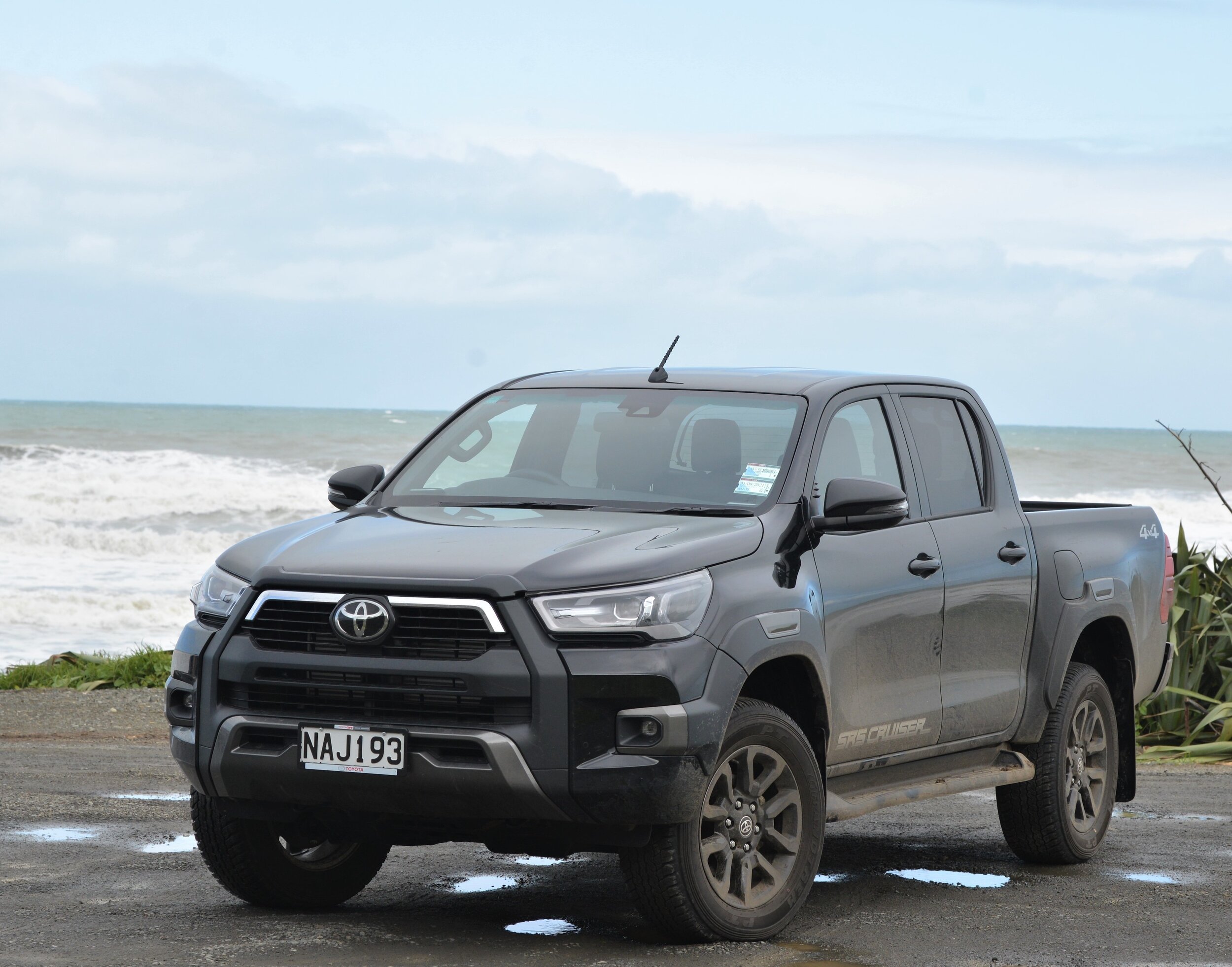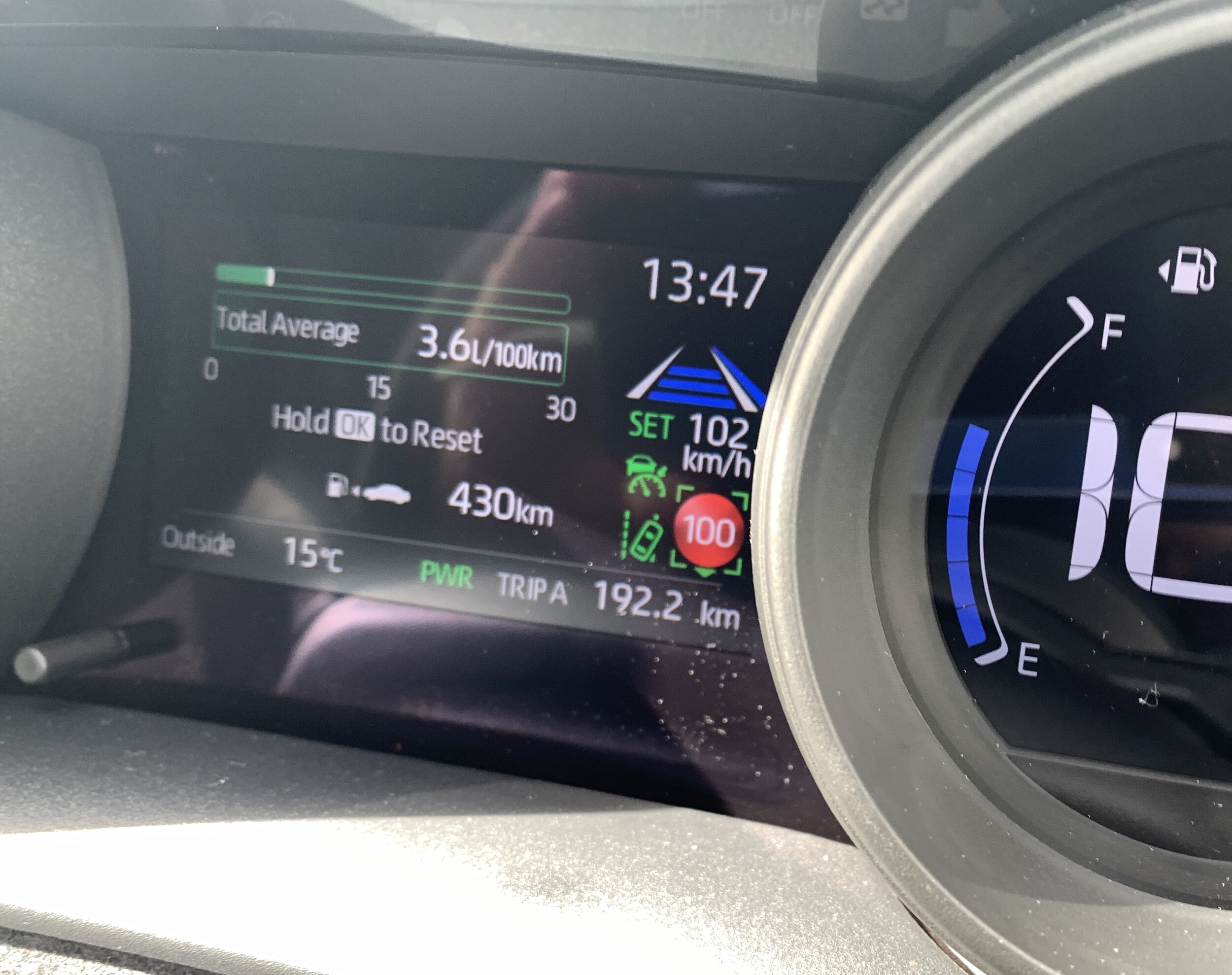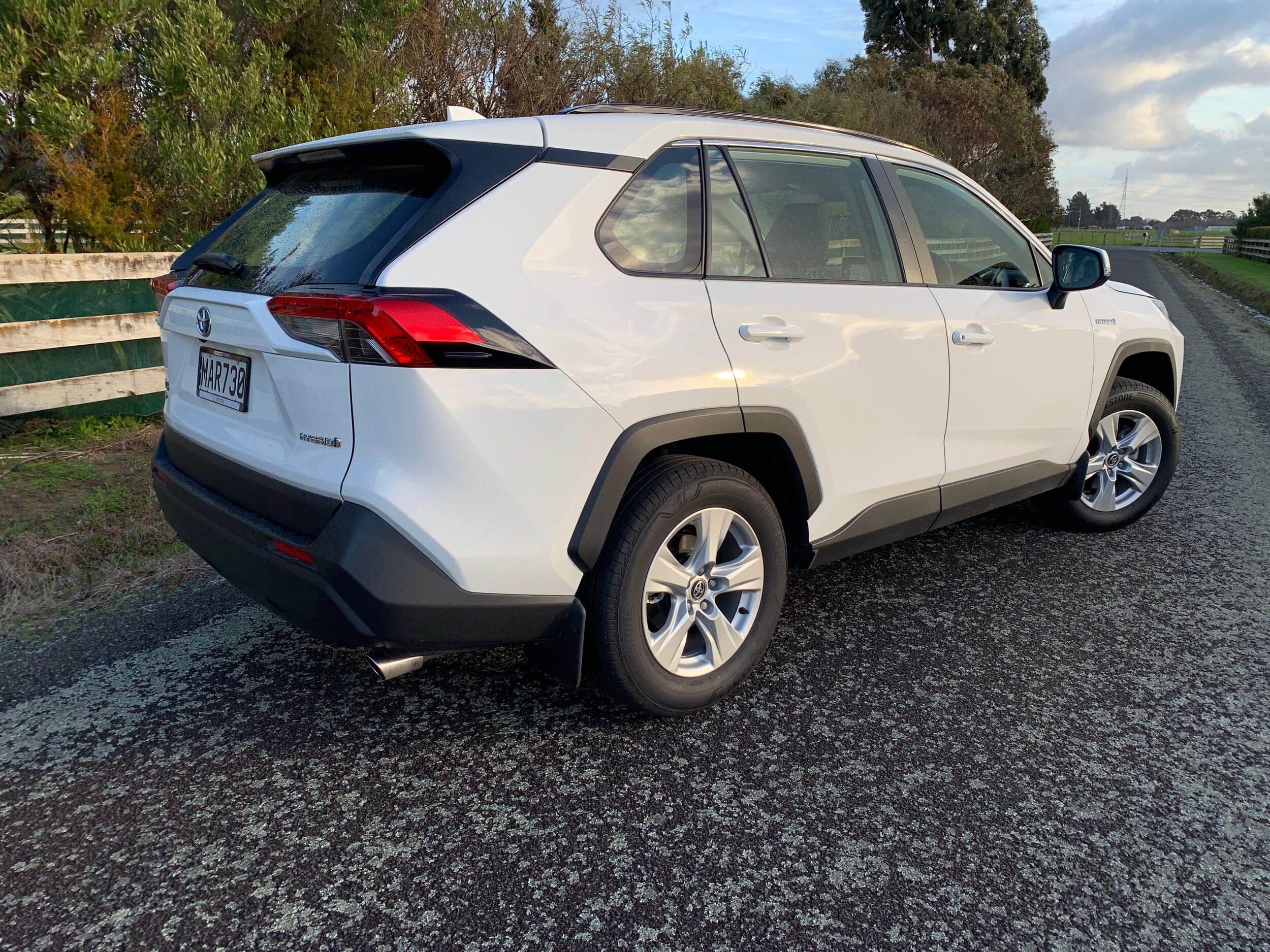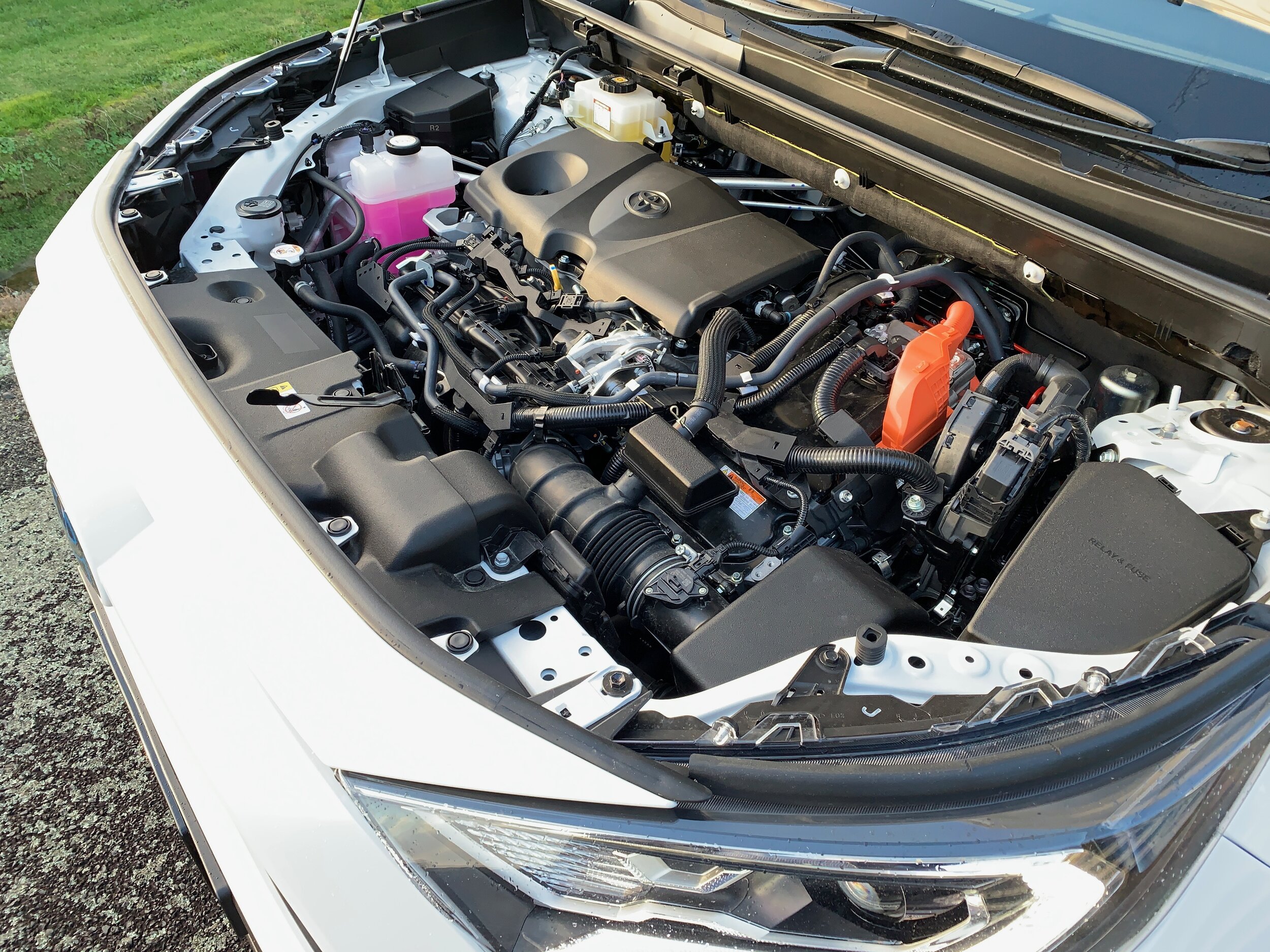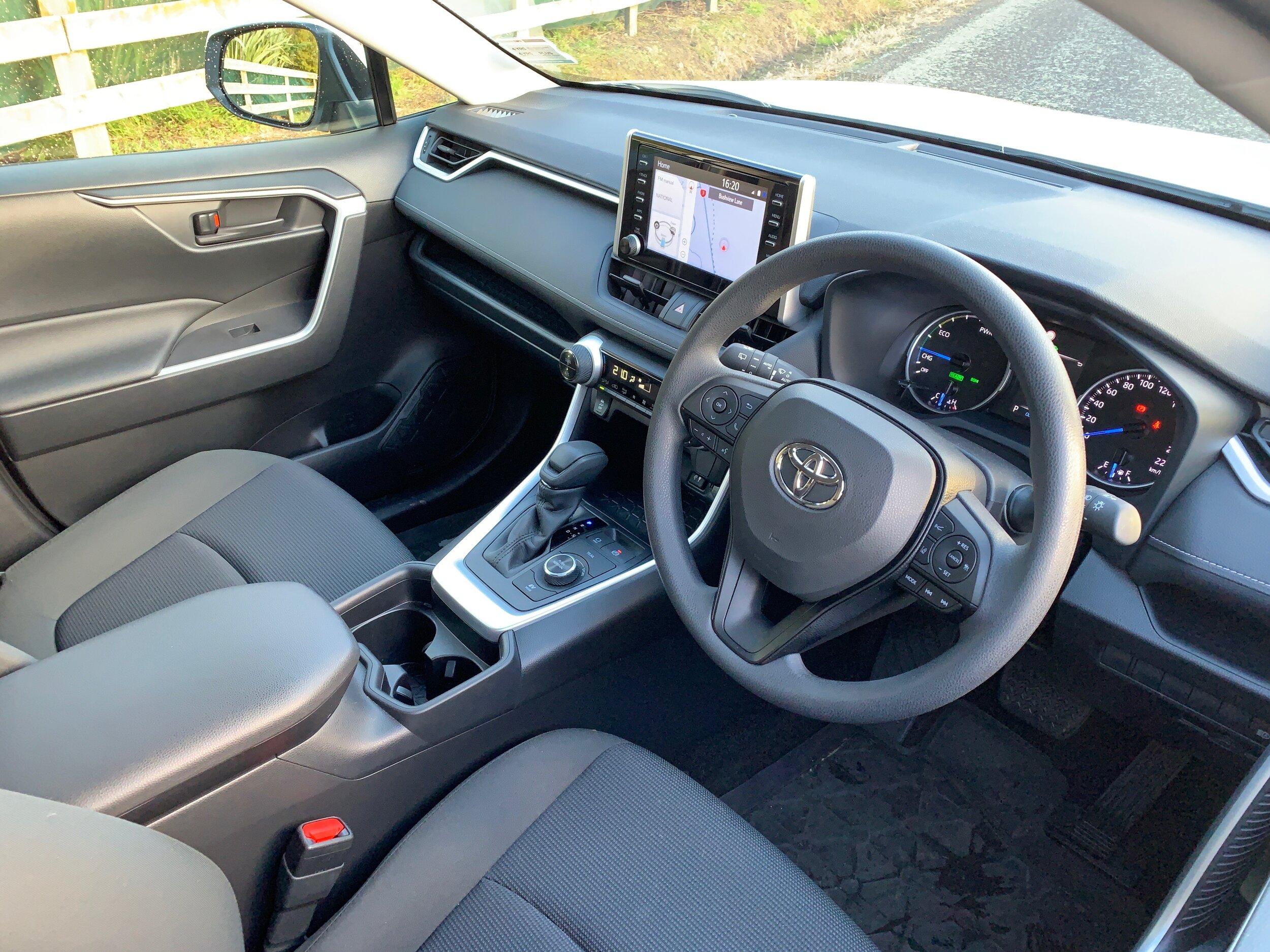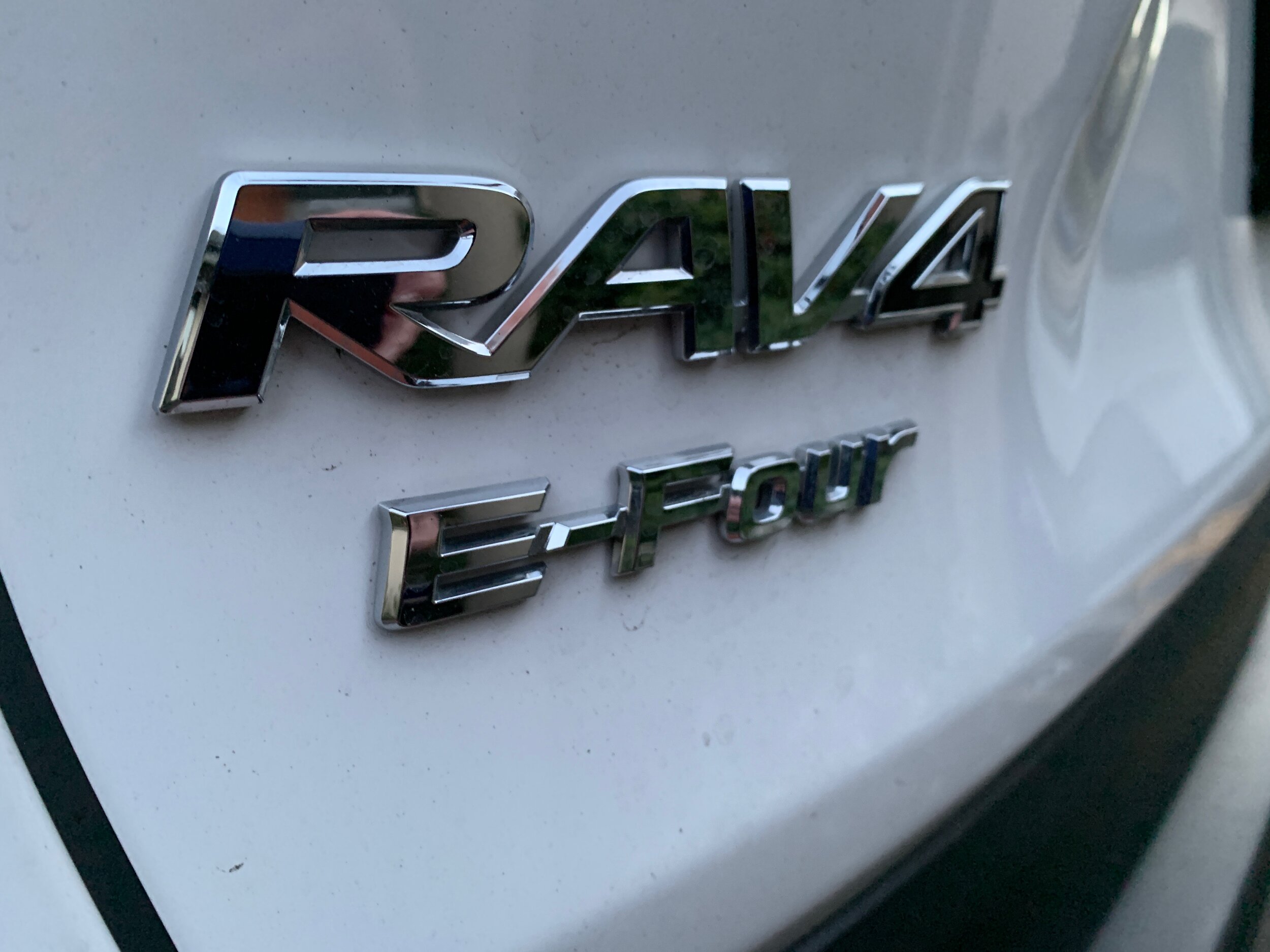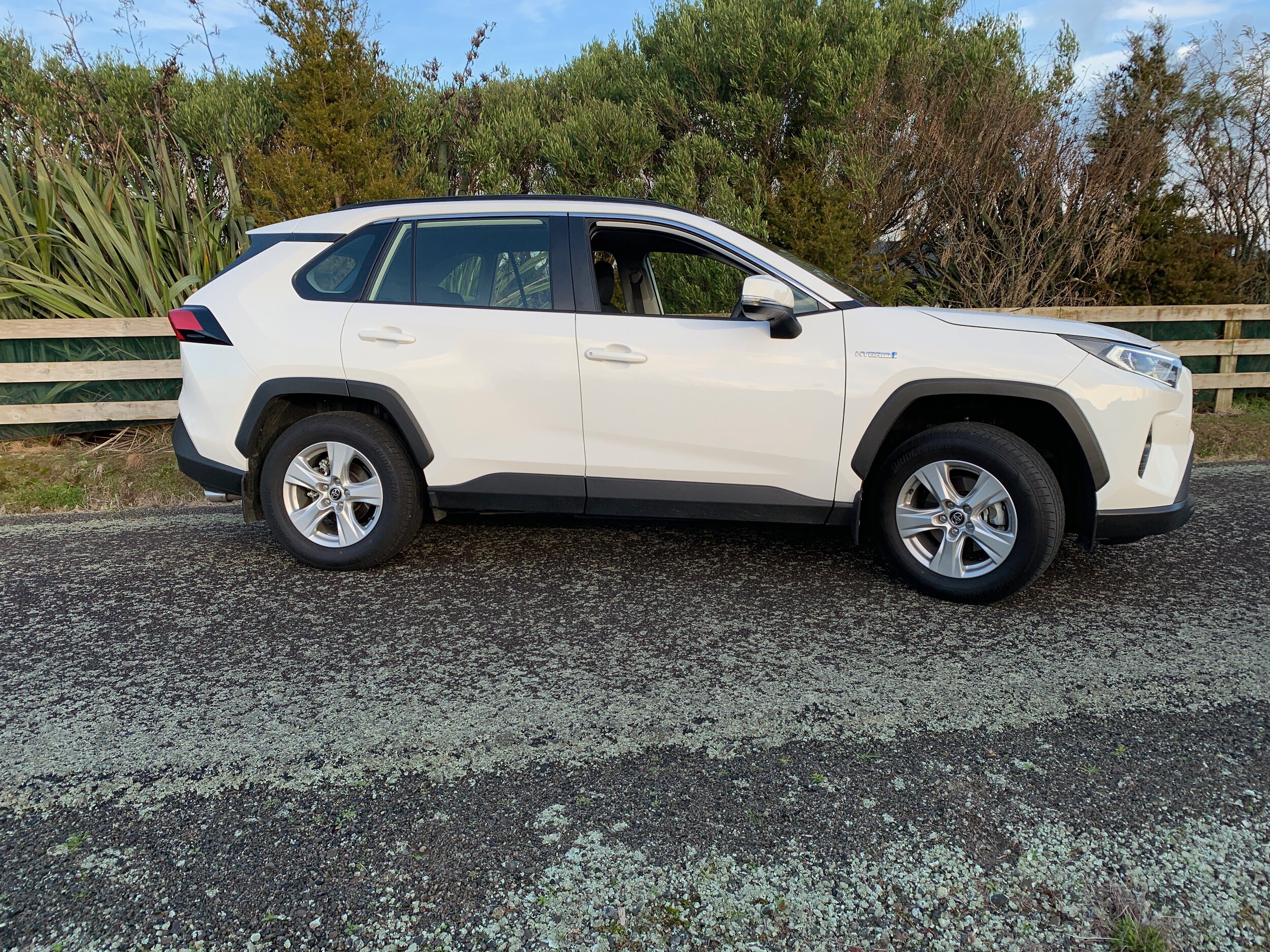TOYOTA GR Supra
Price: $98,990
Powertrain and economy: 3.0-litre turbo inline six, 285kW/500Nm, 8-speed automatic, RWD, combined economy 7.7L/100km.
Vital statistics: 4379mm long, 1292mm high, 1865mm wide, 2469mm wheelbase, luggage capacity 290 litres, 19-inch alloy wheels.
We like: Improved performance and driving feel, sounds better too.
We don't like: Tight for headroom, misses out on best iDrive format.
TOYOTA GR Yaris
Price range: $54,990
Powertrains: 1.6-litre petrol inline three-cylinder petrol turbo with 200kW/370Nm, six-speed manual transmission, AWD, combined economy 7.6L/100km.
Vital statistics: 3995mm long, 1455mm high, 1805mm wide, 2558mm wheelbase, luggage capacity 141 litres, 18-inch alloy wheels.
We like: The entire concept, a stupendous achievement.
We don't like: Driver’s seat set a touch too high, they can’t build it fast enough.
THE old axiom about actions speaking louder than words?
From impression gained from driving the two cars it offers in New Zealand, it’s emphatically true for Gazoo - potentially at a faster rate than those who still ask ‘Ga-who?’ might imagine.
If ever there’s ever a safe bet to be laid, it’s that Toyota’s quirkily-named, come-from-nowhere motorsports and performance road car division, Gazoo Racing, aka GR, is well on the way to become a Manga-quality mega hero.
Two cars in, GR Supra and GR Yaris, and so many more to come … next year’s GR 86 coupe, a GR Corolla rumoured to share the GR Yaris’s all-wheel-drive hardware and the pinnacle achievement, a $1 million-plus two-seater exotic hypercar based on the Le Mans-winning Toyota TS050 endurance racer, but road legal, with a race-proven twin-turbo V6 hybrid engine. That’s the GR Super Sport, built by the same people who gave the world the astounding Lexus LFA, which in development raced with Gazoo branding.
And that’s just from GR proper. In the wings are two other sub-families, each playing to an extreme.
One is GRMN; Gazoo Racing Meisters of Nurburgring. GRMN’s job is to deliver treatments reserved for track-focussed models. GRMN versions of GR Supra and GR Yaris are already in development.
At the other end of the scale, there’s ‘GR Sport’, an accreditation for cars that will adopt some of the hardcore look, none of the wallop. They’ll have sporty styling cues and modified suspension; a similar approach to that taken by Ford with its ST and ST Line cars and Hyundai with N and N-Line ranges. The C-HR is confirmed. Perhaps the RAV4, the Hilux and the next-generation, aka 300-Series, Land Cruiser might also benefit.
So there’s a lot going on; enough to suggest it’s only a matter of time before the the Gazoo name carries the same cachet with the general motoring public as AMG, BMW M and Audi’s RS.
Which brings us back to what’s here now. GR Supra, with an update that leaves it closer to being what it supposedly should always have been – in simple terms, a Toyota-designed take on the BMW Z4, specifically the range-topping M40i - and GR Yaris.
Both great for brand cred, not so good for Toyota’s bottom line; the make tacitly admits the true cost of the GR Yaris especially, through being so specialist (the only exterior parts from the ‘donor’ are headlights, tail-lights, wing mirrors, and shark-fin antenna), is way higher than what they charge customers. Don’t feel bad. Toyota doesn’t. Particularly unfussed is Toyota’s chairman, Akio Toyota. He’s a petrolhead, with a genuine passion for motorsport – expressed in hands-on fashion, notably when he raced the LFA in the daunting Nurburgring 24 Hour – he says cars like these will lift Toyota’s image. Hard to disagree.



